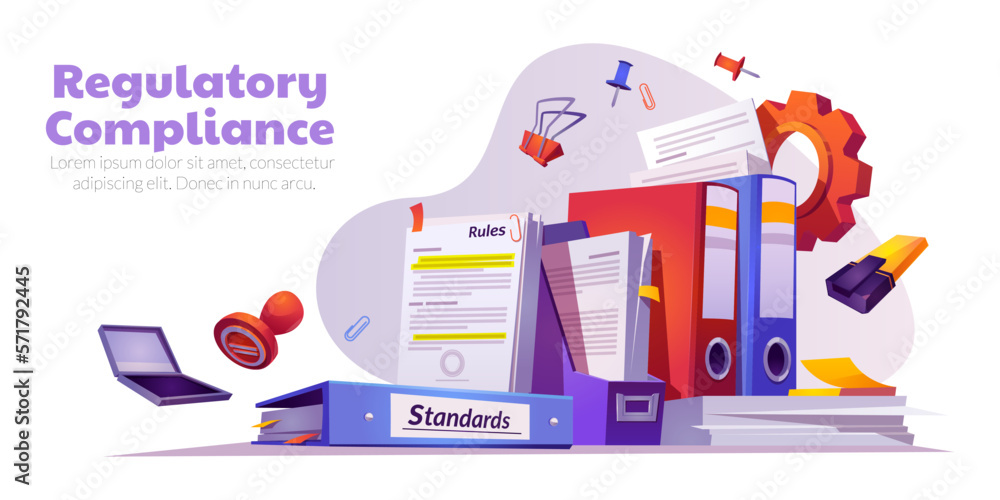Introduction: What’s at Stake for Companies?
Compounding is a fast-track fix under the Companies Act, 2013—pay a fine and sidestep prosecution. It’s a smart choice for first-time slips: delay in AGM, late filings, or register lapses. But there’s a catch: commit the same offence again within three years? You cannot compound the second time. This provision targets serial offenders, strengthening long-term compliance. We'll unpack how, why, and when this rule matters to your business.
1. What Is Compounding Under the Companies Act?
-
Definition: A mechanism under Section 441 to settle offences by paying a fine via the NCLT or Regional Director (RD), avoiding prosecution
-
Eligibility:
-
Compoundable: Offences punishable by fines only, or fines + imprisonment
-
Non-compoundable: Pure imprisonment offences or imprisonment + fine
-
-
Authorities:
-
RD handles fines ≤ ₹25 lakh; NCLT steps in for larger penalties
-
2. How the “Three-Year Bar” Works
🔒a. Statutory Provision
-
Section 441(2) prohibits compounding if the same or similar offence was compounded in the past three years
-
Section 454A flags acts repeated within three years as “repeated defaults,” attracting enhanced penalties taxguru.in.
🔄b. Practical Implication
-
First Offence (e.g., late AGM):
-
Company compounds → pays fee → offence closed.
-
-
Repeat Offence (within 3 years):
-
Now non‑compoundable; must face full adjudication or prosecution.
-
Example: If X Ltd delayed AGM in June 2023 and compounded it, a similar delay in April 2025 can’t be compounded due to the three‑year bar.
3. Why the Three‑Year Rule? Policy & Compliance
-
Prevents complacency: Companies can’t “repeat and comp compound.”
-
Promotes accountability: Subsequent offences draw stricter penalties, nudging firms to improve compliance.
-
Aligns legal provisions: Sections 441(2) and 454A share the same “three-year clock,” pushing for consistent interpretation
4. Key Legal & Procedural Details
✅ Compoundable vs Repeated
-
Compoundable offences: Fines only or fines + imprisonment (non‑mandatory)
-
Repeated: Same offence within three years under Section 454A .
⚖️ Authority & Fee
-
RD: When max fine ≤ ₹25 lakh.
-
NCLT: For fines > ₹25 lakh
📝 Application Procedure
-
Board resolution authorising application
-
File Form GNL‑1 with ROC + ₹1,000 fee
-
ROC reviews and forwards to RD/NCLT
-
Authority hears and prescribes compounding fee
-
Pay fee; file Form INC‑28 within 7 days
-
On delay or non‑compliance, penalty doubles
🛡 Officer’s Liability
-
Officer in default can apply separately or jointly with the company
-
Prior compounding by either company or officer triggers bar for that party
5. When Can You Still Compound?
-
If first offence wasn't compounded (but adjudicated), the second may still qualify—since Section 441(2) applies only to compounding cases .
-
If the repeated offence is different in nature, it's considered a fresh matter .
6. Example & Quick Gloss
| Scenario | Status Yet? | Compoundable? | Action Required |
|---|---|---|---|
| 1 | X Ltd late AGM compounded in Mar '23 | N | No (bar until Mar '26) |
| 2 | X Ltd late AGM penalised (adjudicated) Aug '23 | Y | Yes (future same offence) |
| 3 | X Ltd delays AGM & fails file register in '25 | Y for AGM, Y for register | Yes |
7. Why This Matters to You
-
🛑 No shortcuts: Stop relying on compounding—build strong compliance systems post-first compounding.
-
⚙️ Proactive strategy: Decide between compounding and adjudication based on long‑term risk.
-
🚨 Legal advice needed: Interpret “similar offence” and “officer in default” carefully. Seek expert counsel.
8. Real‑World Impact & Stats
-
MCA decriminalised ~16 offences in 2019–20, shifting from prison to civil penalties
-
A single ₹25 lakh fine can rise to ₹50 lakh for defaulting on compounding orders .
-
NCLAT consistently affirms three‑year bar and joint compounding rights
9. 5 Practical Tips to Navigate the Rule
-
Track compounding dates: Maintain a three‑year timeline for each default type.
-
Post‑compounding compliance: Immediately close the root cause to avoid repeat.
-
Evaluate outcome routes: Weigh short‑term compounding vs long‑term adjudication.
-
Joint officer applications: Streamline exposure with joint filings.
-
Consistent record‑keeping: Maintain compounding & adjudication files for audit & ROC.
✅ Conclusion
The three‑year compounding bar under Sections 441(2) and 454A is not merely procedural—it’s a compliance driver. While compounding offers fast relief, it comes at the price of lost future compounding rights. Smart companies will use it wisely: fix issues, keep records, and fortify governance to stay in good standing.
🔍 FAQs
Q1: What offences can be compounded under Section 441?
A: Those punishable by fine only, fine + imprisonment (non‑mandatory), or fine + imprisonment + both
Q2: If the company compounds once, can officers compound again?
A: No, if either party compounds the same offence within three years, compounding is barred for that person .
Q3: Does the three‑year bar apply to adjudication?
A: No. Adjudication sits separate; the bar only applies to compounding.
Q4: What if fine was adjudicated but not compounded first?
A: Section 441(2) only applies to compounded cases; adjudicated offences don’t trigger the bar, so future compounding may be possible .
Q5: What penalty for missing INC‑28 after compounding?
A: OC‑failure leads to double the maximum fine under Section 441(5).
Keywords: compounding repeated offences, Companies Act 2013, Section 441, Section 454A, three‑year bar, compoundable offences, adjudication, corporate compliance.


